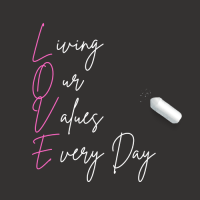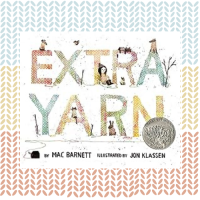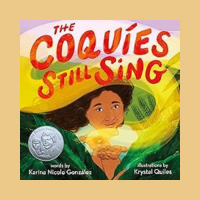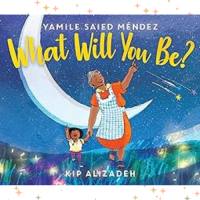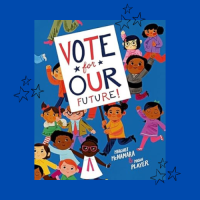We define philanthropy and discuss the joy of giving, as well as various ways to give through nonprofits in the community. We learn how #GivingTuesday, an international initiative, focuses on generosity and the power of social media and combining efforts with others to make a big difference. Young people explore their giving passion and use communication as an instrument of change.
- Read more about GivingTuesday
- Log in or register to post comments
